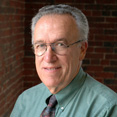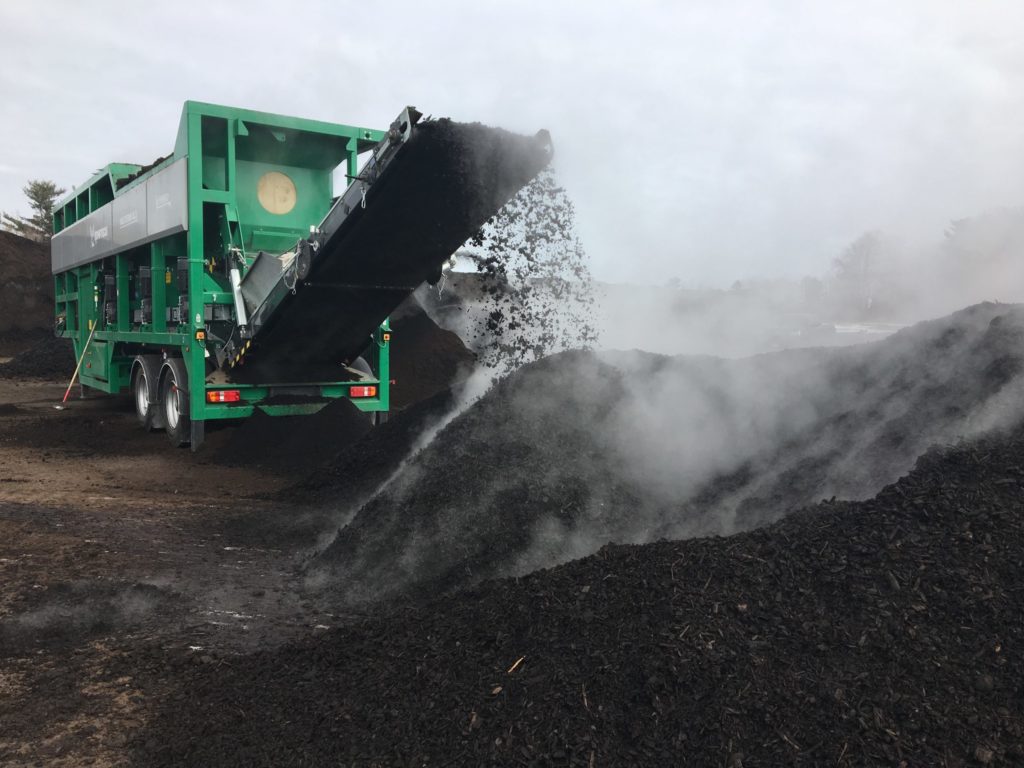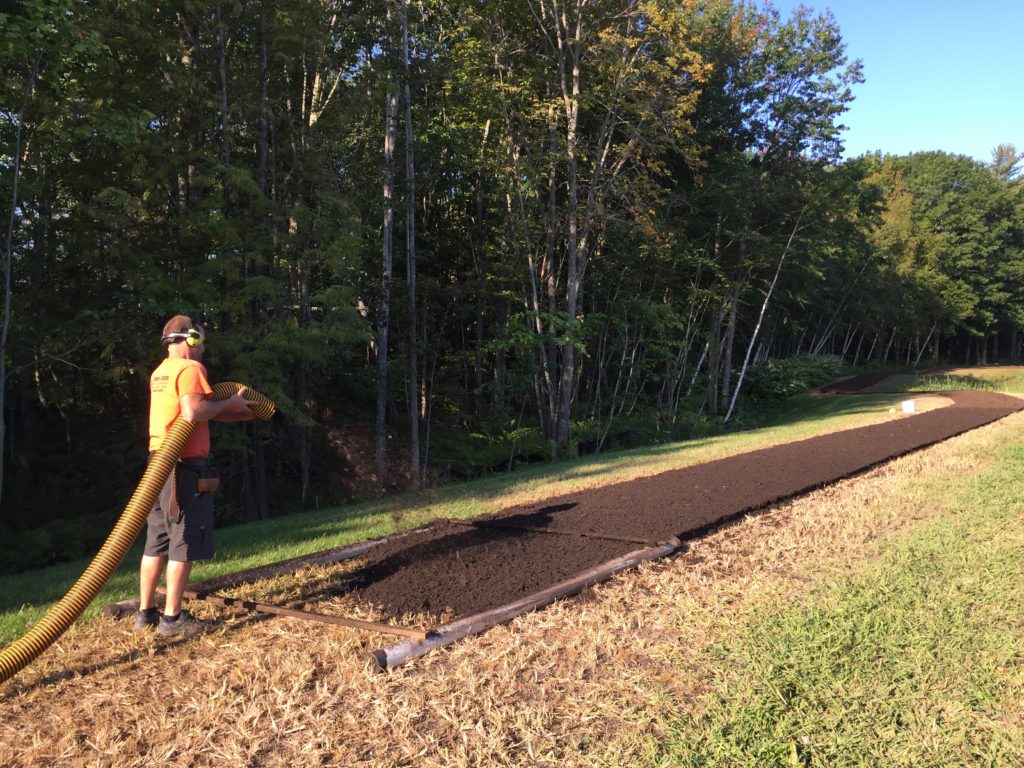Durham, New Hampshire Wastewater Treatment Facility
 By Nelson Thibault
By Nelson Thibault
In the late 1970s, I was hired by a New Hampshire consultant engineering firm, Hoyle, Tanner & Associates (HTA), as onsite construction manager for the $7 million expansion and upgrade of the Durham, New Hampshire Wastewater Treatment Facility. Due to the funding, technology, and the politics it was an exciting opportunity to be part of this project and I developed relationships that last until this day.
Work was to be completed under the funding and requirements of the recently promulgated federal Clean Water Act, including $5.25 million of federal EPA funding, $1.4 million of state of New Hampshire funding, and $350,000 of town of Durham and University of New Hampshire (UNH) appropriations.
The project generated a great deal of public interest, not only because of the costs and financing — by today’s standards this would be a roughly $30 million project — but also because it included several new technologies. The most controversial technology included the first-in-the-country fully integrated sludge composting system. In short, the entire sludge collection, handling, treatment and disposal systems were designed around the composting process – a somewhat radical concept at the time. The treatment facility, which began operation in 1981, was designed to handle many tons of dewatered primary and secondary sludge per week.


The residents of Durham, home to UNH, generated many different opinions on the use of the compost on the town’s parks and playing fields. For example, some farmers and academics were pro-compost while some parents worried about it coming home on their children’s sports uniforms. Other concerns included odors to abutting properties, health of facility staff, and the safety of general use by both private homeowners and businesses, such as the application of compost on lawns and gardens — including vegetable gardens. Also in question was whether the town should sell it, give it away, or bury it, and the inherent liabilities of each option.
Public interest really picked up when the facility was visited by head Boston TV (WCVB) news anchor and reporter Chet Curtis in his news helicopter. Once the project made the national media, it went the 1970s version of viral and was visited by engineers, politicians and press from all over the world. Due to New Hampshire’s first-in-the-nation primary election, and the federal funding being spent on the project, the facility became a photo opportunity for several U.S. presidential candidates — though many kept the sludge piles far in the rear of the press!
It being the ‘70s, wastewater was not the only thing UNH students fed to the campus porcelain buddhas. Cannabis seeds — like tomato seeds — do not break down in the composting process. It was not long for word to get out that the town’s parks had some interesting weeds growing among the wild tomatoes. On at least one occasion the police and fire departments harvested a bumper crop for a very happy bonfire, after which the plant operators were instructed to turn and mix the compost piles on a regular basis to promote decomposition.
I was hired by Doug Hoyle of HTA with the understanding that this was a one project position. However, at its completion, the town requested HTA put me on several other projects, including a combined town-university solid waste energy facility. In short, I went from a construction engineer to a senior owner at HTA over a career that spanned 35 years.
Through my experiences with this project and similar ones, I developed many productive professional relationships over the years with colleagues who were instrumental in our successes; specifically, the late George Crombie, Durham’s former public works director, who was the real spearhead behind the project. Crombie was a true friend and gentleman, and one of many champions in the industry, who also served as secretary of natural resources for the state of Vermont, undersecretary of environmental affairs for the Commonwealth of Massachusetts, and as president of the American Public Works Association. I honor the work and accomplishments of Crombie and all the other professionals who were committed to undertaking and advancing the challenges of these projects.
This article was originally published in the Spring 2022 edition of “Interstate Waters” magazine. Nelson Thibault is a NEIWPCC commissioner and retired chief officer at Hoyle, Tanner & Associates.